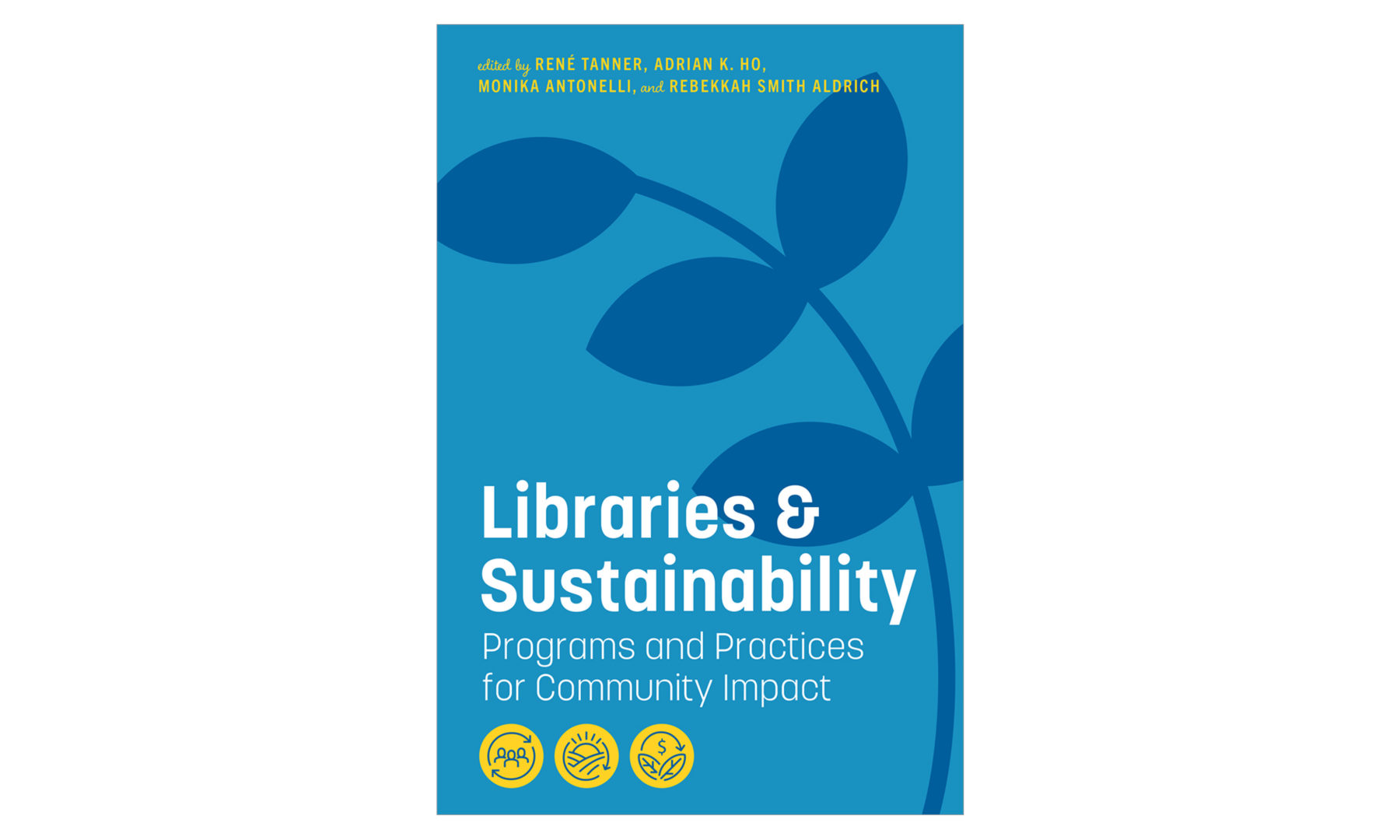Sasaki Architects Examine Facets of Sustainable Library Design

 Sasaki
Sasaki

Libraries are critical institutions that support our culture by providing resources and services to people regardless of income and creating space for community building. As they are renovated and reimagined to evolve with our changing societal needs, they also present a key opportunity to exemplify sustainable design practices.
The newly released book, Libraries and Sustainability: Programs and Practices for Community Impact, published by the American Library Association, explores why sustainability matters to libraries and their user communities, examples of successful sustainability programming, lessons learned, and more.
The chapter “Demystifying Sustainability in Library Buildings,” which is co-authored by former Sasaki principal Lan Ying Ip, associate principal Tamar Warburg, Massachusetts Board of Library Commissioners Library Building Specialist Lauren Stara and Building Consultant Andrea Bunker, tackles how architects can incorporate sustainability into library design.
The authors present case studies of libraries in Massachusetts that exemplify three project types: a deep energy retrofit, a 21st century addition to a 19th century historic library, and a new urban library with rooftop solar photovoltaic panels. The authors use metrics like carbon reduction, electrification (renewable energy generation), indoor air quality, and other standard criteria for sustainable design to assess design challenges and accomplishments.
Read on for an excerpt from the chapter’s introduction.
“Libraries as institutions have been living examples of sustainability and resilience for thousands of years, demonstrating flexibility and adaptation to changing needs. In this era, the design of public library buildings offers a critical opportunity to address climate change through reduced carbon emissions as well as energy and use of resources while serving the public good as open, free, and inclusive community institutions. As public buildings, libraries are in a unique position to promote sustainability and serve as examples to others in prioritizing these principles.
“Architecturally, the design of our public libraries is at a critical juncture. Buildings contribute nearly 40 percent of greenhouse gas (GHG) emissions worldwide, and two-thirds of our existing building stock will still exist in 2050.1 To meet the challenge of climate change, each library can adopt sustainability goals with respect to its mission, its operations, and its facilities, and they can do so at a variety of scales. Whether the project includes systems replacement, envelope repair, new lighting, renovation, addition, or new construction, the design process can incorporate environmental responsibility at all levels. This chapter addresses sustainability goals for library design and construction projects at three different scales. Sustainable design incorporates fiscal responsibility as well, offering municipalities significant utility savings on operating budgets, while improving health and wellness for library users, staff, and the visiting public.”
Tamar Warburg and Andrea Bunker presented their conclusions on the panel “Focusing Energy on Efficiency” at the Massachusetts Library Association annual conference on May 23, 2022.
“Our buildings can not only house our stories but become storytellers themselves.”
From “Demystifying Sustainability in Library Buildings” in Libraries and Sustainability: Programs and Practices for Community Impact